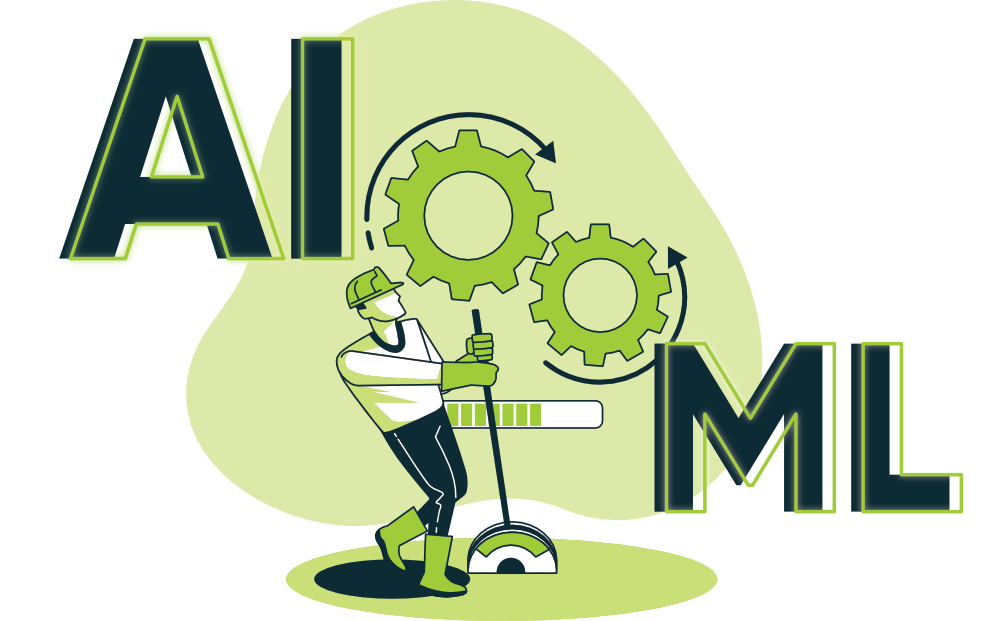Artificial Intelligence (AI), is the study and application of computer science techniques to build intelligent machines. Machine Learning is a method to automate data analysis by using statistical models, not human-made rules like decision trees. Each node in AI represents an experiment using one input and its associated output probability. When it comes to Machine Learning, however, there may be many inputs which result in various outcomes. This could result in a huge database which will allow you to gain more knowledge of the way things operate internally.
Artificial intelligence is the machine’s capability to solve problems that are typically solved by intelligent machines or people. AI allows robots, machines and other machines to execute tasks “smartly” through imitation of human abilities, for instance, understanding data and reasoning through it, allowing the robot or computer program perform certain functions more efficiently than we mortals can ever imagine and also being capable of comprehending instructions without the need for assistance in understanding every single word.

Artificial Intelligence: Its Benefits
Artificial Intelligence’s future is here and it’s an artificial intelligence system that can be described as having human-like capabilities. You can speak any language or accent as long as there’s data accessible online that demonstrates how to develop these programs by offering the opportunity to practice in a variety of ways.
Artificial Intelligence is the next big thing. It is being utilized everywhere to help us today from retail stores to healthcare to finance departments to detect fraud whatever you want! There’s nothing that this technology can’t accomplish when used in the right way. I’m sure you’re feeling more confident already knowing its capabilities.
Machine Learning Process
Machine learning is one branch of research that aims at improve the efficiency of computers through sharing of knowledge. This is accomplished by using algorithms that give examples to the computer or programs about how to behave when given new data. For example you could make use of your data input to draw conclusions on tradeoffs between quality control and cost effectiveness. The machine is taught from its mistakes until it’s competent enough to draw the proper conclusion, without human intervention or interference.
Today, machine learning and artificial intelligence are applied to all kinds of technological devices. Examples are CT scanners, MRI’s, and auto navigation systems. One option using this type of device is to incorporate it as feedback information into your program, to allow the system to discover what is effective by seeing how users react or interact in specific situations. So, when we develop our algorithms there’ll be more sensitive about the accuracy of their decisions from previous input.
Artificial Intelligence is the science of creating machines with human-like properties to reasoning and problem-solving. AI-powered smartphones as well as computers to make sense of data without the requirement of explicit programming or instructions. Instead, these technologies heavily depend on deep learning and machine learning. This will give us the ability to reap future advantages like high-performance computing.
To learn more, click udacity deep learning nanodegree review
